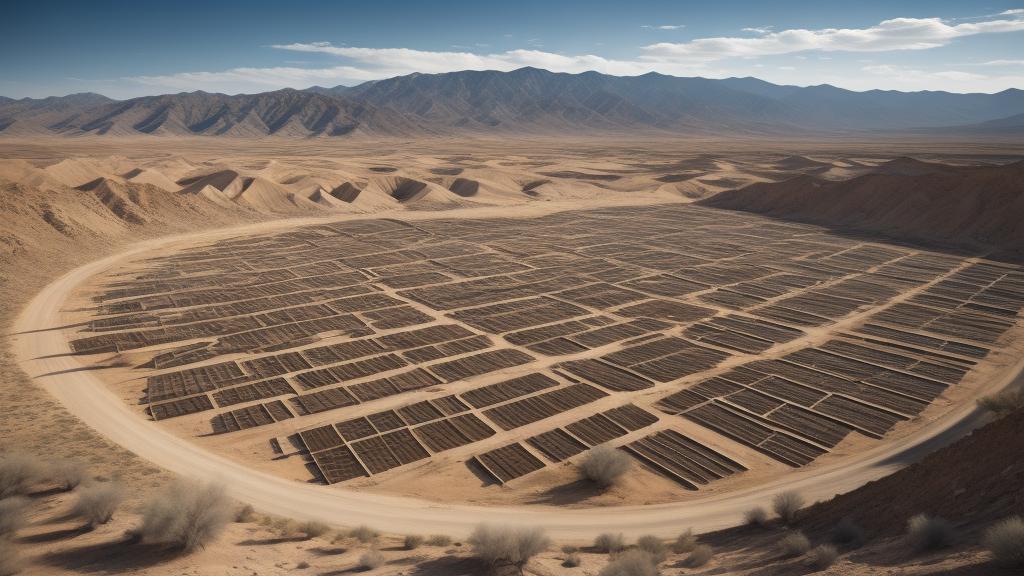In the past decade, a distinct wave has been transforming the energy landscape: the rise of microgrids. Unlike the traditional centralized grid, microgrids operate as localized energy systems capable of functioning independently or in conjunction with the main grid. This burgeoning trend is reshaping how we perceive energy generation, distribution, and consumption.
The rise of microgrids stems from an increasing demand for energy resilience and sustainability. As climate change accelerates and natural disasters become more frequent, communities are seeking ways to ensure a steady supply of power. Microgrids offer a solution, providing localized control over energy resources. They help communities to both mitigate risks associated with blackouts and opt for cleaner power options.
One landmark example of microgrid implementation is in the community of Borrego Springs, California. Faced with increasingly severe wildfires and power outages, this community has turned to microgrids to lessen these impacts. By using solar panels, batteries, and other renewable resources, Borrego Springs has managed to maintain power during grid failures, setting a precedent for future developments.
These systems are not just limited to small communities or rural settings. Urban centers and commercial areas are also investing in microgrid technology. Cities like New York have begun to adopt microgrid solutions to ensure critical infrastructure can maintain operations during power disruptions. Hospitals, data centers, and even universities are seeing the benefits of implementing autonomous energy systems.
What fuels this growing transition, aside from the need for resilience, is the rapid technological advancements in energy storage and renewable technologies. The falling costs coupled with increasing efficiency of solar panels and battery storage systems, make microgrids economically attractive. Governments and utility companies are recognizing this shift, offering incentives and supportive policies to accelerate their deployment.
However, while promising, microgrid deployment faces challenges. Regulatory barriers, financing, and the existing grid infrastructure's complexities can impede progress. There's also a need for clear communication between microgrid developers, local governments, and utility operators to ensure seamless integration and operation.
Beyond challenges, microgrids also present an opportunity for economic development. They create jobs in installation, maintenance, and management of these systems. Furthermore, microgrid projects often lead to partnerships between private sectors, local governments, and academic institutions, fostering innovation and research.
Environmental benefits also bolster the case for microgrids. They facilitate the integration of renewable energy sources, reducing reliance on fossil fuels and subsequently decreasing carbon emissions. Smaller grid areas reduce energy loss during transmission, ensuring a more efficient system.
Looking forward, the impact of microgrids on our energy future is immense. They are not just a stopgap solution for emergencies but a scalable model for sustainable energy management. With continued investment and innovation, microgrids offer a silently powerful revolution that could very well dictate the future dynamics of global power markets.
The question remains: how quickly will the rest of the world embrace this change? As more success stories unfold and as technology becomes even more advanced, it's likely that microgrids will become a standard feature of energy landscapes worldwide. The potential is vast, the implications profound, and the time to act is now.
The rise of microgrids: disrupting energy markets and boosting resilience

